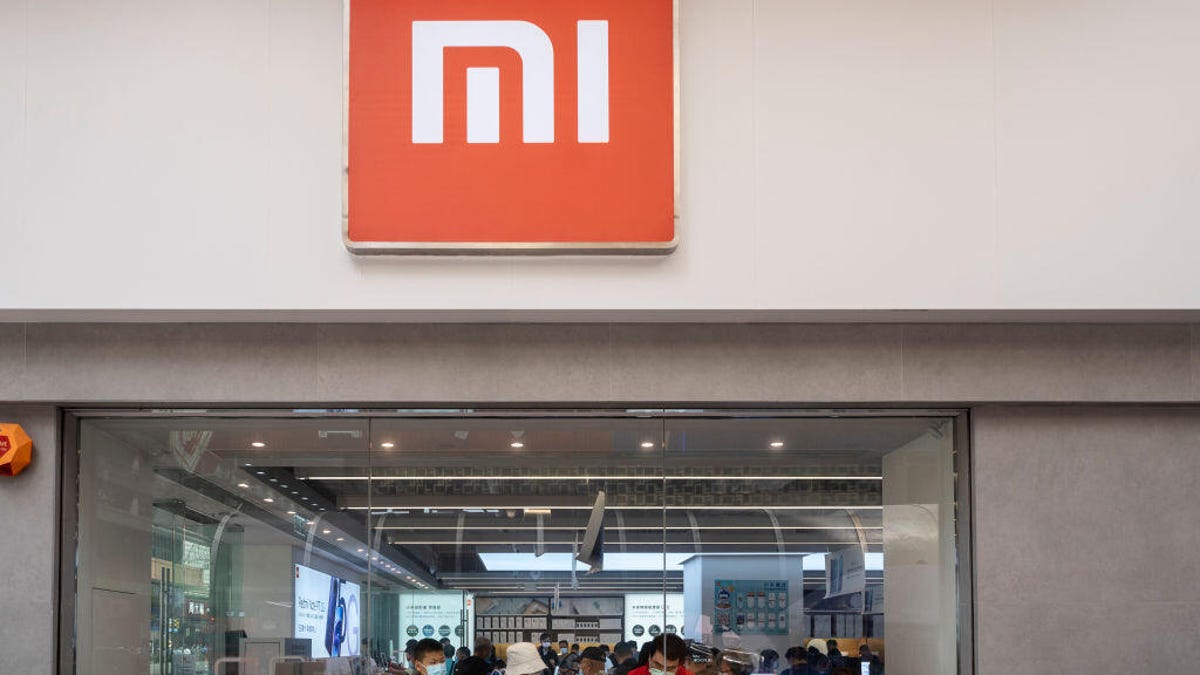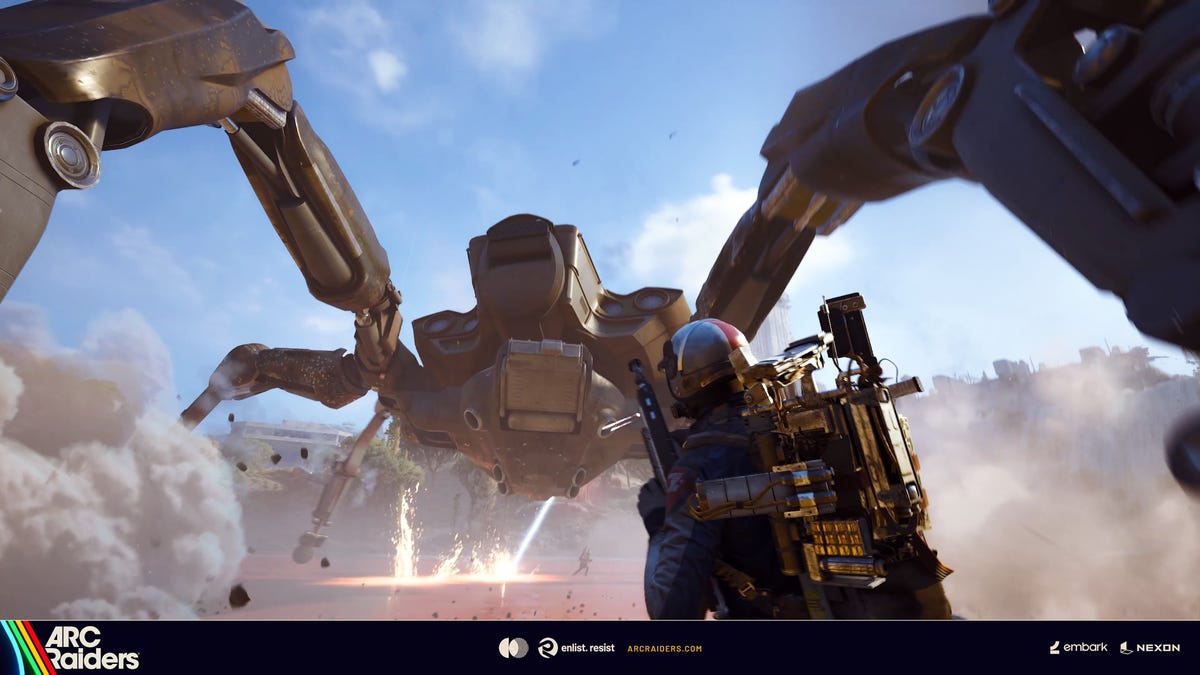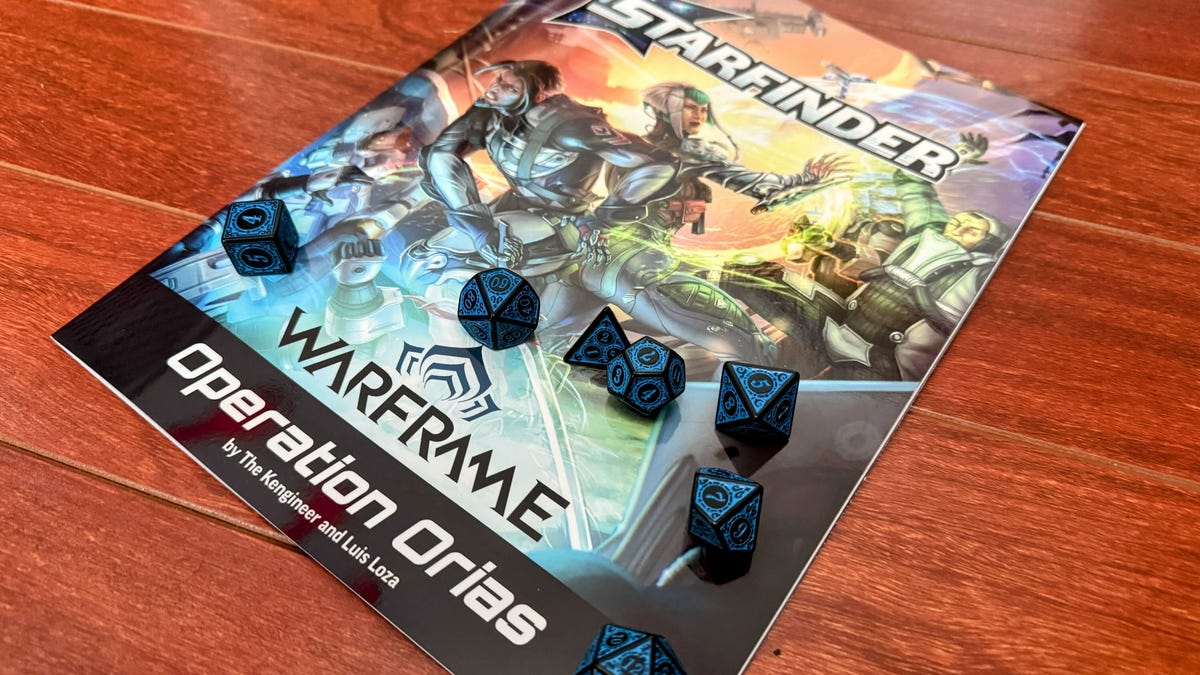Technologies
Xiaomi Begins Layoffs To Cut Up To 10% of Workforce
The Chinese company said it employed more than 35,300 workers in September of this year.

Xiaomi begun large-scale layoffs this week, with plans to reduce its workforce by up to 10 percent.
The Chinese company said it had «recently implemented routine personnel optimization and organizational streamlining, with affected parties totalling less than 10% of total workforce,» in an official statement on Tuesday.
Xiaomi’s total headcount stood at 35,314 workers as of September 30, according to its third-quarter financial results for this year, with a large majority of those workers (32,609) based in mainland China followed by India and Indonesia.
News of the layoffs was was first reported by the South China Morning Post, citing social media posts by affected workers as well as local Chinese media. The layoffs at Xiaomi come as mainland China grapples with the economic aftermath of years-long COVID-19 restrictions as well as slowing global smartphone demand. In November, Xiaomi reported a near 10% drop in third quarter revenue with smartphone sales falling 11% year-on-year. Revenue from smartphones make up approximately 60% of the company’s total sales.
Xiaomi is one of the world’s largest smartphone makers. The Beijing-based company is estimated to have shipped more than 190 million smartphone units in 2021, which represents an increase of 45 million units compared to the year before, according to Statista.
The layoffs at Xiaomi follow a spate of layoffs across a number of Big Tech firms, which saw companies including Meta, Twitter, and Amazon undergo large-scale layoffs.
Technologies
Here’s How to Watch the New ‘Scream 7’ Trailer and Stream All the Past Movies
You like scary movies, right? The original Scream from 1996 is streaming for free with ads.

Do you like scary movies? Scream fans will recognize that line, and they received an early Halloween treat on Thursday with the release of a new trailer for Scream 7. Neve Campbell’s return as series heroine Sidney Prescott battling a new Ghostface killer could be the reason to revisit earlier spooky films in the franchise.
The upcoming Scream 7 revolves around Prescott’s facing a masked, knife-wielding murderer (yeah, you know what the mask looks like) who targets her family. It doesn’t hit theaters until Feb. 27, but if you’d like to get prepared and nab some Halloween scares, here’s how to stream Scream 1-6.
Don’t miss any of our unbiased tech content and lab-based reviews. Add CNET as a preferred Google source.
How to stream the Scream movies on Halloween
- Scream (1996) — Pluto TV (free with ads), Paramount Plus, Peacock
- Scream 2(1997) — Pluto TV (free with ads), Paramount Plus, Peacock
- Scream 3 (2003) — Pluto TV (free with ads), Paramount Plus, Peacock
- Scream 4 (2011) — Tubi (free with ads), Paramount Plus, Peacock
- Scream(2022) — Hulu, Paramount Plus
- Scream VI (2023) — Paramount Plus
- Scream 7 (2026) — Due out in theaters on Feb. 27, 2026.
Technologies
ARC Raiders Beginner’s Guide: 7 Tips You’ll Need to Thrive Above Speranza
When a new extraction shooter drops, players quickly learn how brutal death can be. Here’s how to avoid the sting of losing hours of progress.

Developer Embark Studios’ ARC Raiders is the latest extraction shooter that’s set to take the gaming world by storm. As genre veterans and newcomers alike emerge from the underground town of Speranza to take on killer robots — and their fellow humans — players quickly learn how brutal it is to lose loot on death.
Luckily, ARC Raiders is the most «casual» extraction shooter I’ve ever played. That isn’t to say that it’s an easy game, but there are built-in mechanics that make the hardcore gameplay loop far more accessible to a wider audience.
Don’t miss any of our unbiased tech content and lab-based reviews. Add CNET as a preferred Google source.
This guide will equip you with the knowledge you need to make real progress in ARC Raiders before, during and after a raid. Read on to find out about what keybinds you need to learn, what loot to focus on first and how you can quickly recoup some wealth after a string of failed runs.
Figure out your shoulder swap keybind before you ever load into a match
ARC Raiders is a third-person shooter with high-stakes player-versus-player combat. If you want to stand a chance against an enemy player in a serious firefight, you need to know how to swap your camera view from aiming over your character’s right shoulder to aiming over their left shoulder so you can peek around corners without exposing yourself too much.
The default bind for this action on PC is «X,» so get used to pressing that key — or swap it to something you’re more comfortable with. Switching the camera from shoulder to shoulder will help you peek around corners before you expose your body, eliminating blind spots and giving you a competitive advantage. In a game where one death could eliminate hours of progress, you certainly don’t want to give up crucial lines of sight.
Nothing to lose, everything to gain: Utilize the free loadouts
Whether you’re just starting out or you’ve just suffered consecutive squad wipes, you’ll never be without a gun, simple medicine and other basic supplies. You can opt to enter a raid with a «free loadout,» which will provide you with a hodgepodge of low-grade gear. Unlike in other extraction shooters (looking at you, Escape From Tarkov) there’s no cooldown period on taking a free loadout into a match — you can do so whenever you like.
You can’t carry as much weight or pack out as much loot as you’d be able to with any other class mod on, but this is a great way to try to hit a heavily trafficked zone without the risk of losing your good weapons. As a bonus, if you manage to extract with a free loadout, you can trade the «free loadout» mod for a basic green-tier class mod at the vendor named Lance in Speranza.
Focus on completing quests for the denizens of Speranza
ARC Raiders largely cuts you loose to raid, engage in gunfights with other players and loot whatever you like at the start of the game. But it’s highly recommended to follow the guided progression path to get some extra equipment, learn what activities you can get involved in topside and unlock harder missions with more valuable rewards.
Always check in with Speranza’s traders after each raid to see what quests you can take on (or turn in). Some quests will require you to bring certain items back from a raid, and others will have you battling ARC robots or completing objectives throughout the world. Make sure to keep completing quests in order to discover all of the secrets ARC Raiders has to offer.
Loot the dog collar ASAP
Scrappy is a rooster that sits around Speranza collecting crafting materials while you’re out fighting killer machines. He brings the scrap back home to you because he’s a very good boy. Reward him with a dog collar so he feels loved — and so that he levels up and brings you loot even more quickly.
The looting rooster can be upgraded multiple times, but you should focus on finding the dog collar while on a surface run to bring him up to level two at first. The dog collar can be found in random containers, but during the press previews I had the good fortune of finding one at The Dam map’s research and administration area.
When you’re searching for scrap, prioritize big pieces of loot
You’ll find lots of metal scrap, plastic tubing and miscellaneous wires as you rifle through loot containers topside. These are definitely worth stuffing into your pockets; they’re the bread and butter of crafting materials and something you’ll want to stash away early on.
You’ll probably run into what’s a «good problem» to have sooner or later: running out of carry space mid-raid. Raw materials can quickly overflow your inventory, forcing you to extract early. Instead, focus on larger pieces of tech like TVs, radios and big chunks of ARC robots.
Once you successfully extract these items from a match, you can break them down into their parts to gain a variety of crafting components. In a way, they act like compact storage units for multiple raw materials at once.
Grow your net worth. No, seriously
I know, this sounds like the mantra for a bad internet con artist. But building up a small nest egg in ARC Raiders is a great way to ensure you can throw together backup loadouts if you meet an untimely end multiple times in a row. This is bad enough on your own, but if you’re squadding up with friends, you don’t want to be the only one without a good loadout.
If you can’t find the specific materials you’re looking for during a raid, it’s well worth looking for valuables instead. Jewelry, vases and other creature comforts fetch a pretty penny when you sell them to the traders in Speranza. Once you’ve saved up a couple thousand coins, you can trade them in for new weapons, attachments and even stash upgrades.
Guns aren’t the end all, be all of ARC Raiders combat
While it’s incredibly gratifying to run into the thick of battle and wipe a squad out with a strong submachine gun or pick off straggling raiders from afar with a leveled-up bolt-action rifle, you can’t always rely on your guns to win a fight. ARC Raiders features tons of gadgets and deployable equipment that can quickly turn the tide of a fight if used correctly.
Grappling hooks and ziplines add a new level of verticality to gunfights, while high-explosive grenades can flush enemies out of cover. Deployable walls and smoke grenades can counter these tactics or let players safely blitz a wide-open area. If you want to get really clever, you can bring throwable noise lures that will cause ARC robots to converge on your enemies — the AI will do the dirty work and won’t even loot the bodies.
Your strategies are limited if you don’t bring a couple pieces of gear. Consider leaving that extra stack of shield rechargers in your stash — if you need 10 of them in a single match, you probably have bigger problems — and grab a couple of grenades for your next raid instead.
Technologies
Warframe Has Come to Starfinder in a New Tabletop Module, and It’s Awesome
Operation: Orias makes a solid attempt at bringing the online shooter experience to your gaming table, and it’s available now.

I’ve been playing tabletop roleplaying games for nearly 30 years, and if there’s one constant throughout that time, it’s a ceaseless effort to bring concepts from books, movies and games to the table. It makes sense. The original TTRPGs were heavily influenced by the likes of J.R.R. Tolkien and so many other writers of the era, but this is also true of sci-fi games. Today, the folks behind the popular free game Warframe have announced a partnership with Starfinder to release an adventure that brings the two games together called Operation: Orias.
Before fans of either franchise start dreaming of a world where you’ll be able to wield your favorite Frames to spectacularly devastating effect across the Desna’s Path galaxy, Operation: Orias takes place quite far away from the Starfinder story as you know it today. Instead, this module takes place in the Origin System, and the Protoframes you have access to in this adventure won’t play exactly the same as the online game. That said, if you’re a fan of either or both games you are in for an absolute treat.
Don’t miss any of our unbiased tech content and lab-based reviews. Add CNET as a preferred Google source.
Without spoiling too much about the adventure itself, Operation: Orias gives a game master everything they need to send four players as the Hex syndicate against familiar adversaries like Infested, Corpus and Grineer in a four- to six-hour adventure. While this leans heavily on Warframe: 1999 for the details, in a brief interview with Pathfinder Creative Director Luis Loza, it became clear a lot of work went into balancing the frenetic Warframe experience in TTRPG form. When asked about this effort, Loza highlighted efforts to account for the speed and constant action of a video game.
«I tried to make sure that I was able to translate as much of the intense feel of the game as possible with abilities that sold the idea of speed and intensity, even when moving at the turn-based pace of a TTRPG,» Loza said. «Characters have the ability to leap great distances in a single movement and offensive abilities that help them attack multiple enemies en masse. The enemies are also a bit on the weaker side, so players can take them out quickly, which helps get the power from the video game across.»
Starfinder x Warframe: Operation Orias is available now at Paizo for $9 if you want the PDF version, or $13 for the full color 20-page booklet. If you’ve never played Starfinder before or if it’s been a minute, you will need the Second Edition Core Rulebook to play this adventure, which will run you an additional $20 for the PDF version or $70 for the print version. For you dice goblins out there, the Warframe store has a beautiful seven-piece dice set with a matching dark blue tray themed for this adventure, which you can preorder for $40. And for those who love playing online, this whole experience can be enjoyed via the Roll20 system with ease.
-

 Technologies3 года ago
Technologies3 года agoTech Companies Need to Be Held Accountable for Security, Experts Say
-

 Technologies3 года ago
Technologies3 года agoBest Handheld Game Console in 2023
-

 Technologies3 года ago
Technologies3 года agoTighten Up Your VR Game With the Best Head Straps for Quest 2
-

 Technologies4 года ago
Technologies4 года agoVerum, Wickr and Threema: next generation secured messengers
-

 Technologies4 года ago
Technologies4 года agoBlack Friday 2021: The best deals on TVs, headphones, kitchenware, and more
-

 Technologies4 года ago
Technologies4 года agoGoogle to require vaccinations as Silicon Valley rethinks return-to-office policies
-

 Technologies4 года ago
Technologies4 года agoOlivia Harlan Dekker for Verum Messenger
-

 Technologies4 года ago
Technologies4 года agoiPhone 13 event: How to watch Apple’s big announcement tomorrow
